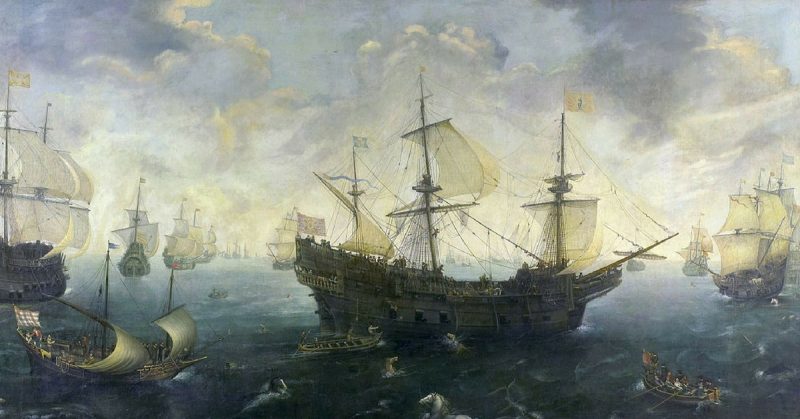The attempted invasion of England by the Spanish Armada on 1588 was an extraordinary undertaking. A vast invasion fleet was assembled in an attempt to conquer a nation that had fought off all invaders since 1066 and was eventually destroyed by a combination of fierce fighting and terrible weather. But that wasn’t all that was noteworthy about the Armada.
It Was Part of a Longer War
Though not officially at war, the Spanish and the English had effectively been at war with each other throughout the 1570s and 1580s. The English privateer Francis Drake stole Spanish treasure. The fleet of the English sea captain John Hawkins was attacked in the harbor at San Juan de Ulloa because of his infringement on the Spanish slave trade. Wealth borrowed from Genoese bankers to pay Spanish troops was seized by the English at Fowey Harbor in Cornwall.
From 1572, Queen Elizabeth of England offered secret support to the Dutch in their war against the Spanish, support which became increasingly open as English volunteers went to fight in the Low Countries. By 1587, the two countries were effectively at war on both land and sea.
It Was the Cheap Option
King Philip II of Spain’s advisors offered him two options for an invasion of England.
The Marquis of Santa Cruz, Spain’s greatest admiral, suggested a force of 556 ships, 220 of them fighting vessels, manned by 30,000 sailors and carrying 65,000 soldiers. They would take enough provisions to last eight months, enabling them to focus on the fighting. The problem with this plan was its cost – 4,000,000 ducats, as much treasure as Spain’s American mines produced in three and a half years.
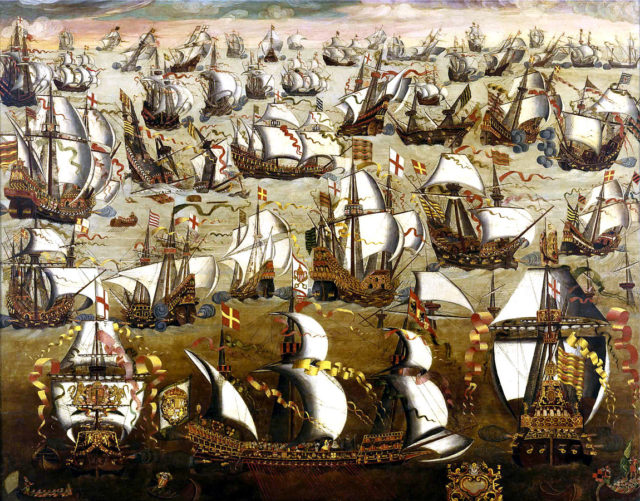
The Prince of Parma suggested a different option. As commander of the Spanish troops in Flanders, he believed that with the protection of 25 warships he could transport 35,500 soldiers across the English Channel in a single night. It was a far cheaper option, but incredibly risky given English naval power.
Philip settled on a modified version of Parma’s cheaper plan. A large navy would travel to Flanders and from there escort the existing army across the Channel.
It Carried 58,000 Tonnes of Provisions
The Armada was supplied with enough food and clothes to supply its soldiers and sailors for six months. This came to a total of 57,868 Spanish tonnes of supplies, including biscuits, wine, vinegar, and 16,000 pairs of shoes.
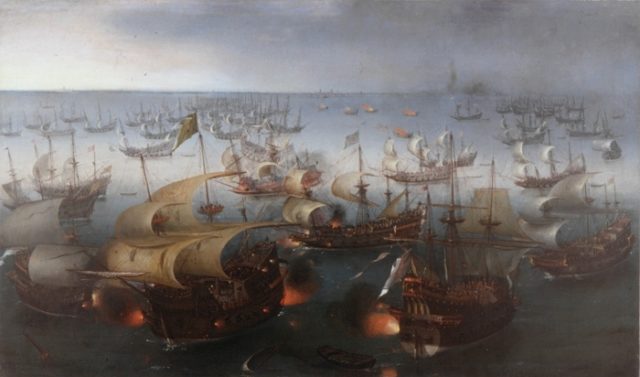
Drake’s Magic Mirror
Many among the Spanish were terrified of the British commander Sir Francis Drake, who they called “El Dracque.” Such was his reputation in Spain as a pirate that they believed he had a magical mirror showing him where he could find every single ship in the world, ready to descend upon it and steal its cargo.
It Was an International Army
Not all the soldiers assembled for the invasion were Spanish. The army the Prince of Parma assembled included Germans, Burgundians, Walloons, Italians, Scots, Irish, and even some renegade English soldiers.
English Early Warning Systems
The English had a system of flaming beacons that would allow news of a coming invasion to travel swiftly up the country. But even before these came into effect, a screen of small ships had been put out to sea, ready to bring a warning when the Spanish came.
Very Different Fighting Styles
The English and Spanish took very different approaches to naval battles, shaped by the seas in which they most often fought.
The Spanish were used to fighting in the Mediterranean, using large fleets of galleys to get close to the enemy, then ramming and boarding them. This sort of action required close formation sailing so that ships could back each other up and the most force be brought to bear in what became miniature land battles at sea.
The English, on the other hand, were used to fighting in the Atlantic. Here they fought with smaller groups scattered across the ocean. Their galleons, sail powered and loaded down with canons, fought in loose formations and could not achieve the close coordination of the Spanish.
Though the Spanish had no galleys in the Armada fighting, the experience gained on them shaped their fighting style.
Why Drake Wasn’t In Charge
Though Sir Francis Drake was the most renowned commander in the English navy, he wasn’t put in charge of the effort against the Spanish Armada. Instead, Lord Howard of Effingham was given command.
Howard’s high noble status gave him a level of authority unrelated to naval experience, which none of his subordinates could challenge on its own terms. This avoided the in-fighting that could have arisen between the strong-willed English commanders if the more skilled but less exalted Drake had been put in charge.
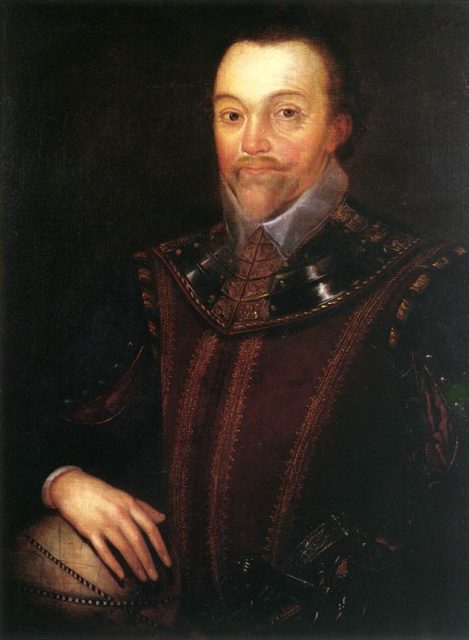
Ships Had to be Towed
The maneuverability of the fighting ships was dependent upon getting the wind from the right direction. On several occasions, ships from each side had to be towed to get them out of difficult spots. For the English, this meant small rowing boats banding together to tow a warship that risked being trapped by the Spanish. The Spaniards used galleasses, unwieldy ships equipped with both oars and sails, to tow endangered galleons to safety.
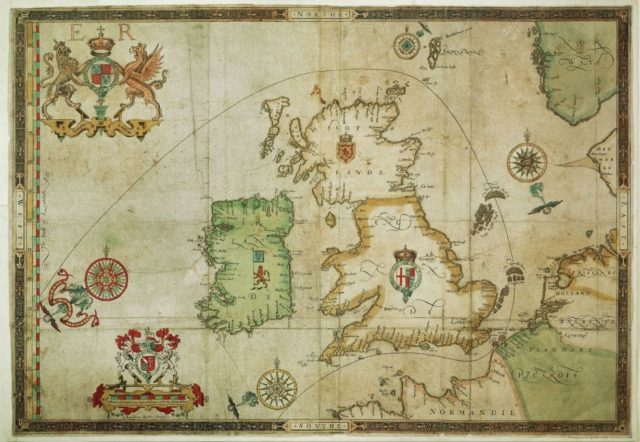
No Surrender
Though the Spanish started out with more ammunition, the English were in a better position to resupply. As a result, some Spanish ships ran out of ammunition and were unable to return fire. Despite this they refused to surrender, still hoping for an opportunity to fight the English at close quarters.
65 Survivors
Of the hundreds of ships in the Spanish Armada, only 65 made it back to Spain. Of those 65, only half were in a fit state to be repaired and returned to service. The fight against the English, together with the storms that pursued the Spanish on their journey home, destroyed the rest.
Source:
- John Tincey (1988), The Armada Campaign 1588.
